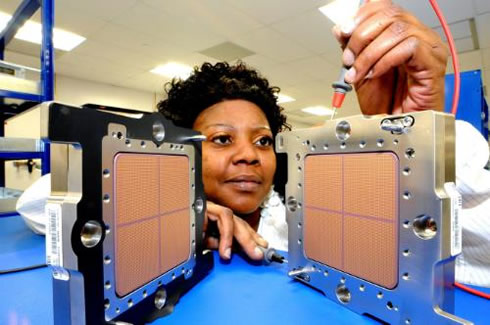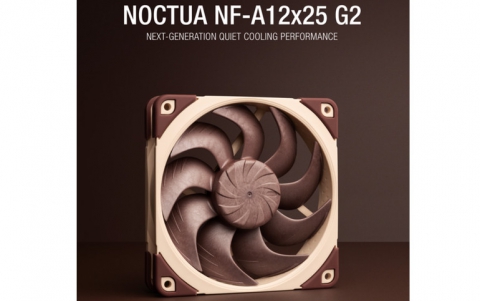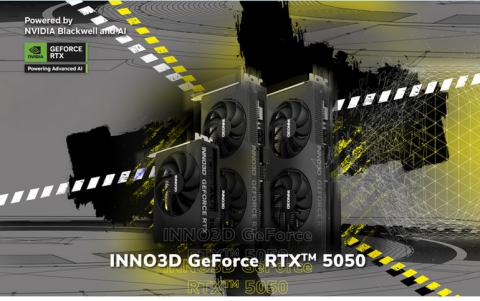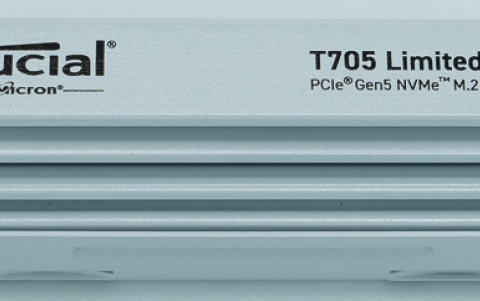
IBM Claims The World's Fastest Microprocessor
IBM claims that the new version of its mainframe will be
powered by the world's fastest computer chip clocked at 5.2GHz.
IBM's new zEnterprise technology is the result of an investment
of more than $1.5 billion in IBM research and development in
the zEnterprise line, as well as more than three years of
collaboration with some of IBM's top clients around the world.
The z196 processor is a four-core chip that contains 1.4 billion transistors on a 512-square millimeter (mm) surface. The chip was designed by IBM engineers in Poughkeepsie, N.Y., and was manufactured using IBM's 45 nanometer (nm) SOI processor technology in the company's 300mm fab in East Fishkill, N.Y. There were also major contributions to the z196 processor development from IBM labs in Austin, TX, Germany, Israel and India, IBM said.
The mainframe processor makes use of IBM's patented embedded DRAM (eDRAM) technology, which allows IBM to place dense DRAM caches, or components, on the same chips as high-speed microprocessors, resulting in improved performance.

From a performance standpoint, the zEnterprise System is the most powerful commercial IBM system ever. The core server in the zEnterprise System -- called zEnterprise 196 -- contains 96 of the world's fastest microprocessors, capable of executing more than 50 billion instructions per second. That's roughly 17,000 times more instructions than the Model 91, the high-end of IBM's popular System/360 family, could execute in 1970.
This new IBM microprocessor technology has new software to optimize performance of data-heavy workloads, including up to a 60% improvement in data intensive and Java workloads. .
The new system offers 60% more capacity than its predecessor, the System z10, and uses about the same amount of electricity.
Energy efficiencies were achieved through advances in microprocessor design, 45nm silicon technology, more efficient power conversion and distribution, as well as advanced sensors and cooling control firmware that monitors and makes adjustments based on environmental factors such as temperature and humidity levels and even air density.
The new IBM mainframe will begin shipping to IBM's customers on Sept. 10.
The z196 processor is a four-core chip that contains 1.4 billion transistors on a 512-square millimeter (mm) surface. The chip was designed by IBM engineers in Poughkeepsie, N.Y., and was manufactured using IBM's 45 nanometer (nm) SOI processor technology in the company's 300mm fab in East Fishkill, N.Y. There were also major contributions to the z196 processor development from IBM labs in Austin, TX, Germany, Israel and India, IBM said.
The mainframe processor makes use of IBM's patented embedded DRAM (eDRAM) technology, which allows IBM to place dense DRAM caches, or components, on the same chips as high-speed microprocessors, resulting in improved performance.

From a performance standpoint, the zEnterprise System is the most powerful commercial IBM system ever. The core server in the zEnterprise System -- called zEnterprise 196 -- contains 96 of the world's fastest microprocessors, capable of executing more than 50 billion instructions per second. That's roughly 17,000 times more instructions than the Model 91, the high-end of IBM's popular System/360 family, could execute in 1970.
This new IBM microprocessor technology has new software to optimize performance of data-heavy workloads, including up to a 60% improvement in data intensive and Java workloads. .
The new system offers 60% more capacity than its predecessor, the System z10, and uses about the same amount of electricity.
Energy efficiencies were achieved through advances in microprocessor design, 45nm silicon technology, more efficient power conversion and distribution, as well as advanced sensors and cooling control firmware that monitors and makes adjustments based on environmental factors such as temperature and humidity levels and even air density.
The new IBM mainframe will begin shipping to IBM's customers on Sept. 10.





















